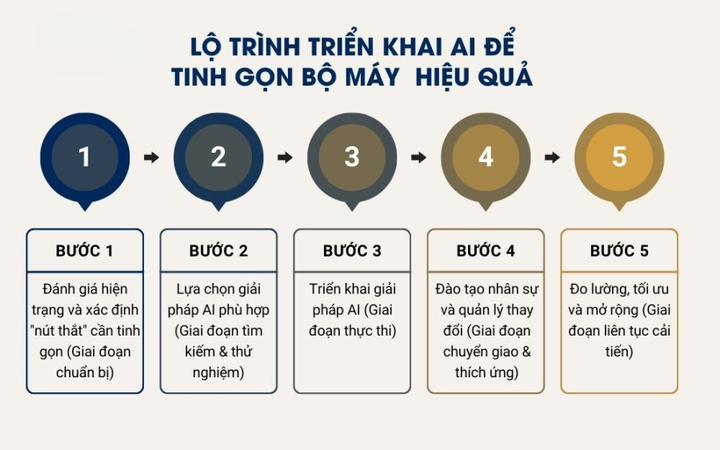
The two-tier local government model is creating a huge change in workload. The number of commune-level administrative units has decreased from 10,710 to 3,355, a reduction of 69%. This means that a provincial leader who was previously in charge of about 10 districts now has to directly monitor the work of nearly 100 communes. The volume of records, data and arising issues has increased rapidly, while the payroll has been streamlined by 15-20%. If only operated in the traditional way, the apparatus can easily fall into overload. This is why AI has become an important solution to help the government maintain efficiency in the lean model.
Many countries such as Estonia, Singapore, and Denmark have deployed the AI4Gov model to support state administration. This system includes a smart dashboard for leaders to collect real-time data, detect abnormalities, and automatically propose solutions. AI assistants support grassroots officials in looking up policies, checking the validity of documents, and guiding step-by-step processing procedures, helping to reduce document search time by up to 60%. In parallel, public service chatbots help people look up procedures 24/7, check documents before submitting, and reduce the number of returned documents by 70%. Smart feedback channels can automatically classify complaints, transfer them to the right processing unit, prioritize urgent cases, and people can monitor the processing progress right on the application.
Not only the public sector, businesses are also applying AI at an unprecedented speed. According to the Vietnam AI 2025 Annual Report, the information technology industry is leading with an application rate of 31%, followed by finance and banking (22%), education (17%), e-commerce and healthcare (15%). The sectors with the strongest increase in AI demand include finance (26%), education (23%) and industrial production (21%). These are all industries with large volumes of data, complex processes, and require continuous optimization.
Vietnam’s AI market is considered one of the fastest growing markets in the region, with a steady growth rate of 20% per year. In 2024 alone, the number of businesses applying AI increased from 13% to 18%, equivalent to nearly 170,000 units. On average, every hour, 5 more organizations start using AI – a number that reflects the heat of the digital transformation wave. The market growth rate reached 39% over the same period, showing that AI is playing the role of the new “fuel” of the digital economy .
From a business perspective, the effectiveness of AI has been clearly demonstrated. IBM representatives said that GenAI can increase labor productivity by up to 40% and automatically generate up to 60% of software code. VietinBank deployed AI Agent internally and in just 2 months, the system answered more than 350,000 employee business questions, helping to reduce customer waiting time by 95%. With a retail and healthcare scale,FPT Long Chau applies AI to personalize the healthcare journey at 2,222 pharmacies and 200 vaccination centers, processing 15 million transactions per month. AI can predict drug needs and suggest vaccines, helping Long Chau increase the number of customers per month to 50,000 for disease prevention advice.
The acceleration does not only come from businesses. According to the Department of Information Technology Industry, Vietnam is clearly improving its position on the world AI map, currently ranked 59/193 countries and territories, in the top 5 of ASEAN. Investment capital into domestic AI businesses has increased sharply, from 10 million USD in 2023 to 80 million USD in 2024, an increase of 8 times in just one year. This shows that Vietnam is becoming a new destination for technology investors.
The Ministry of Science and Technology has developed the AI Law, which is an important step to create a legal framework for research, development and application of AI in a transparent, safe and responsible manner.
AI is opening a new era where the state apparatus can operate more leanly and efficiently, businesses can optimize costs and increase productivity, and people can be served faster and more accurately. As the two-tier government model stabilizes and the wave of AI applications spreads in the business sector, Vietnam has a great opportunity to create breakthroughs in governance, economy and innovation.
Source: https://mst.gov.vn/ai-dong-luc-moi-giup-chinh-quyen-tinh-gon-va-doanh-nghiep-tang-toc-197251123224251582.htm







![[Photo] Close-up of heavy damage at the school located on the banks of the Ban Thach River](/_next/image?url=https%3A%2F%2Fvphoto.vietnam.vn%2Fthumb%2F1200x675%2Fvietnam%2Fresource%2FIMAGE%2F2025%2F11%2F26%2F1764152130492_ndo_bl_img-8188-8805-jpg.webp&w=3840&q=75)






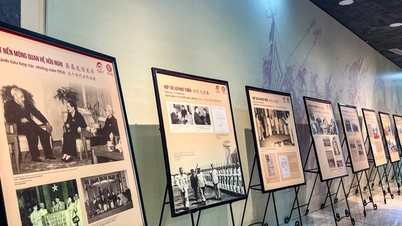






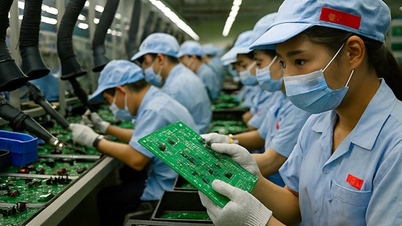
































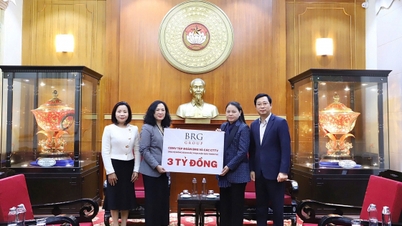












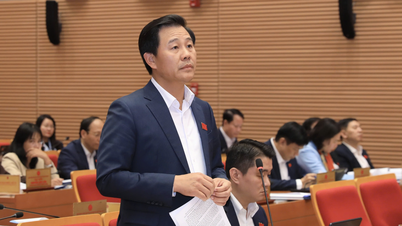
![[Photo] Opening of the 28th Session of the Hanoi People's Council](https://vphoto.vietnam.vn/thumb/402x226/vietnam/resource/IMAGE/2025/11/26/1764155991133_image.jpeg)












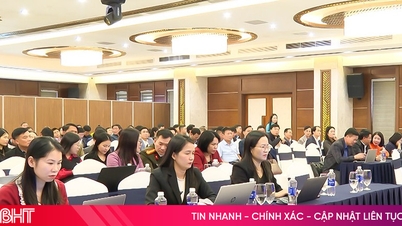














Comment (0)